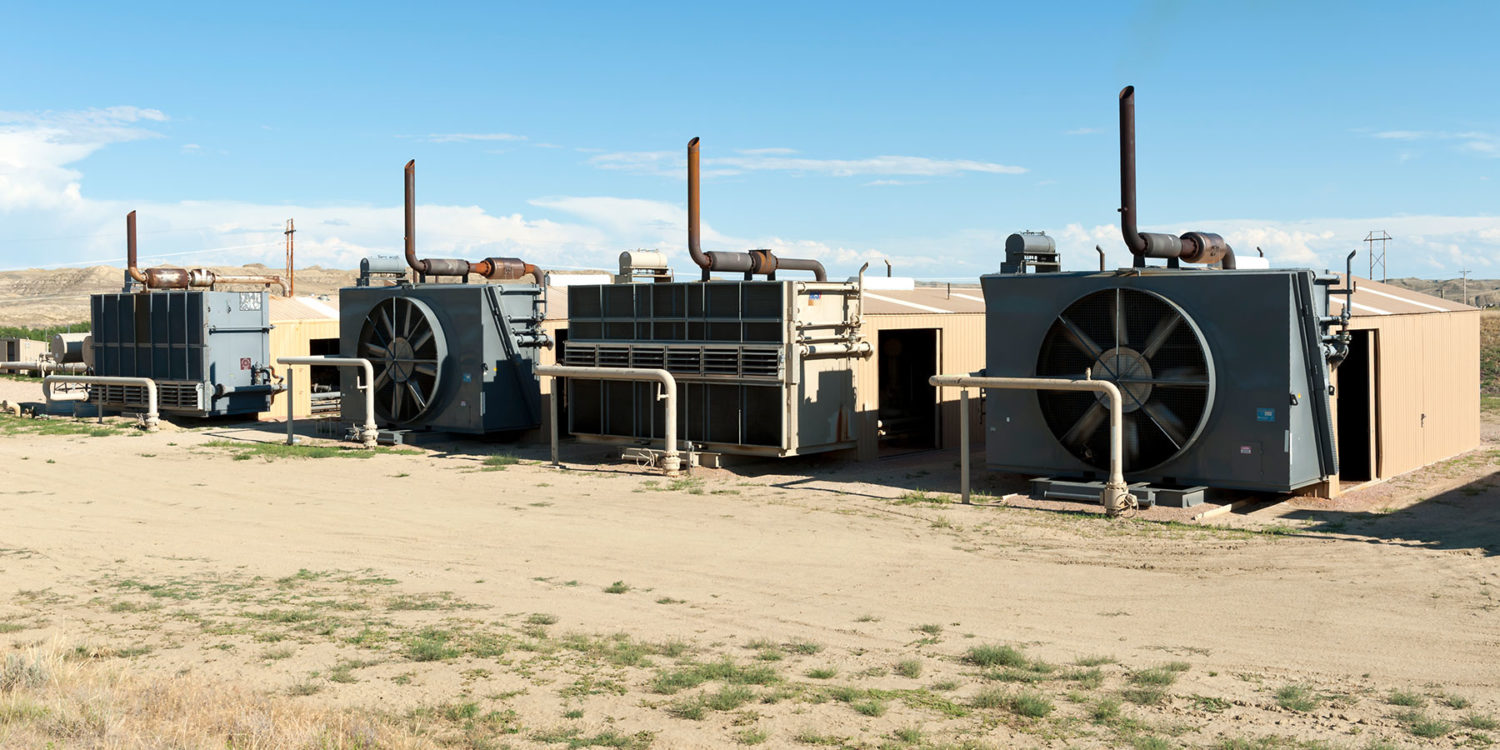
CATF Launches the Country Methane Abatement Tool
In the past few years, momentum has grown to reduce methane emissions from the oil and gas sector, a leading source of methane emissions. We’ve seen numerous countries (examples here, here, here, and here) explore efforts to reduce oil and gas methane emissions – because it’s an inexpensive and feasible way to reduce climate pollution, because reducing oil and gas methane also reduces other harmful pollution, and because keeping more gas in the pipes (by decreasing emissions) makes more energy available for a country.
However, the technical complexity and scale of the industry makes estimating emissions and potential mitigation from oil and gas very difficult. This difficulty often becomes a barrier, keeping countries from committing to reducing their oil and gas methane. How can a nation commit to reducing methane when they don’t know how much they are emitting? And how can they estimate how much methane they can reduce when there’s so much uncertainty about emissions? It is also a barrier for civil society seeking to advance oil and gas methane policies. How can they advocate strategically if they don’t know which sources are emitting the most methane or the potential reduction in a given country.
To help with this problem, CATF has built a new tool to help estimate a country’s oil and gas emissions and how much they can be reduced—the Country Methane Abatement Tool (or CoMAT). CoMAT aims to facilitate engagement with climate / energy officials and other key stakeholders in countries with an interest in reducing oil and gas methane emissions. CoMAT lets users develop initial and refined estimates of their nation’s emissions and reduction potential using the best information the users have available. CoMAT highlights the most important factors to understand when considering oil and gas methane regulations, and it can provide a useful means to initiate and organize discussions about methane emission reduction policies.
These features of CoMAT address specific barriers hindering countries from moving forward on oil and gas methane. Many countries have limited capacity to carry out a detailed analysis of emissions and mitigation potential. Beyond that, many countries only estimate emissions from the oil and natural gas industry as a whole, without breaking emissions down into source categories such as equipment types and facility types. When emissions are only available at the industry level, one cannot produce specific estimates of potential benefits from policies or mitigation efforts. CoMAT fills this gap by helping countries develop granular, source specific estimates of their oil and gas methane emissions.
CoMAT is an open source tool. While CATF will work with countries and other stakeholders using CoMAT, all of the assumptions and calculations in the tool are there for users to see and adjust as they see fit. There is no black box, and CoMAT is not intended to give users any pre-packaged “answers”. Instead, CATF will work with users as they take on the thorny technical questions about their country-specific oil and gas industry and develop a customized mitigation strategy.
These thorny technical questions arise at nearly every point in the methane emission estimation process. For example, most emission estimates at the source level are based on the U.S. oil and gas industry and its equipment and practice. The default assumptions about emissions that arise from U.S. data are not necessarily appropriate for other nations. Some equipment in wide use in the U.S. oil and gas industry, such as gas-driven pneumatic controllers, is rare or absent in certain other countries. Other countries use different mixes of equipment types, such as types of compressors, than the U.S. Meanwhile, some sources are much larger in other countries compared to the U.S., such as venting gas from oil wells not connected to gas gathering systems.
So, while CoMAT makes available default parameters reflecting the U.S. oil and gas industry, it guides the user to update these assumptions to reflect on-the-ground information. That’s why CATF developed CoMAT, to allow all stakeholders to better understand their oil and gas industries so that they can develop effective mitigation strategies to reduce emissions.
Clean Air Task Force plans to work closely with in-country government officials, experts, and stakeholders at every step of this process: finding and vetting appropriate data inputs for the tool, adjusting default assumptions in the tool, and advising on the design of the country’s abatement strategy. CoMAT will help countries rapidly move forward with strong oil and gas methane reduction policies.





